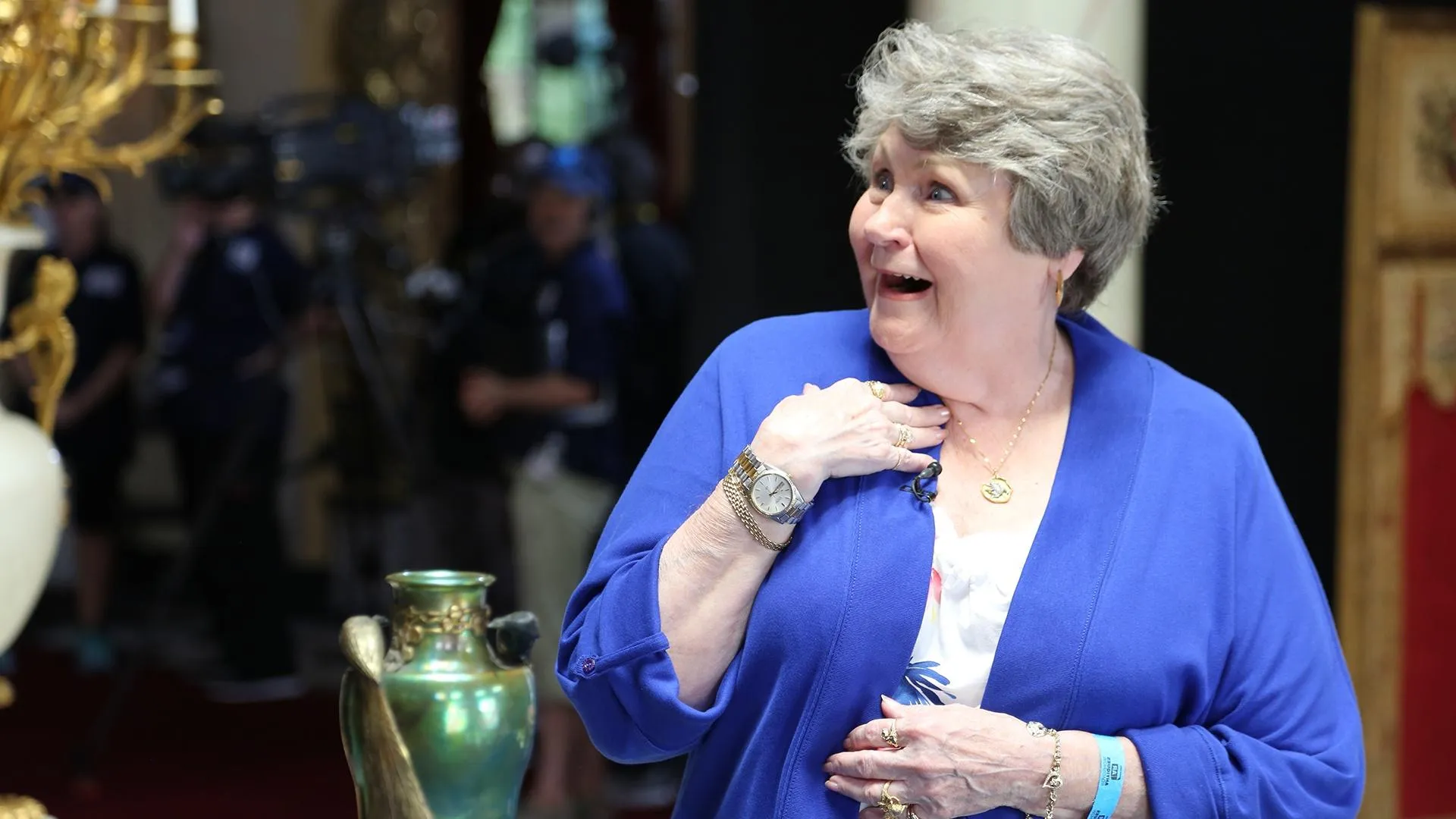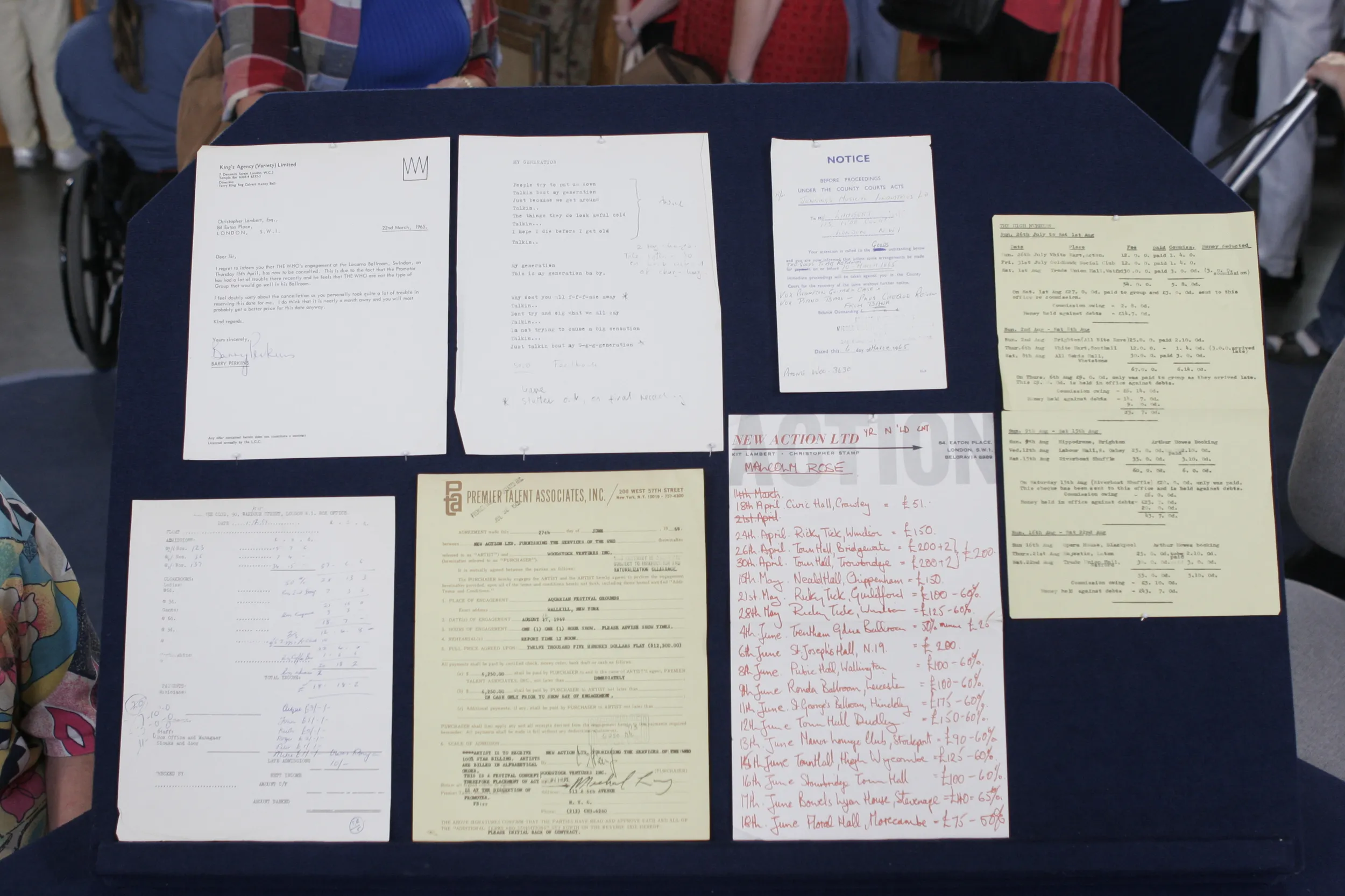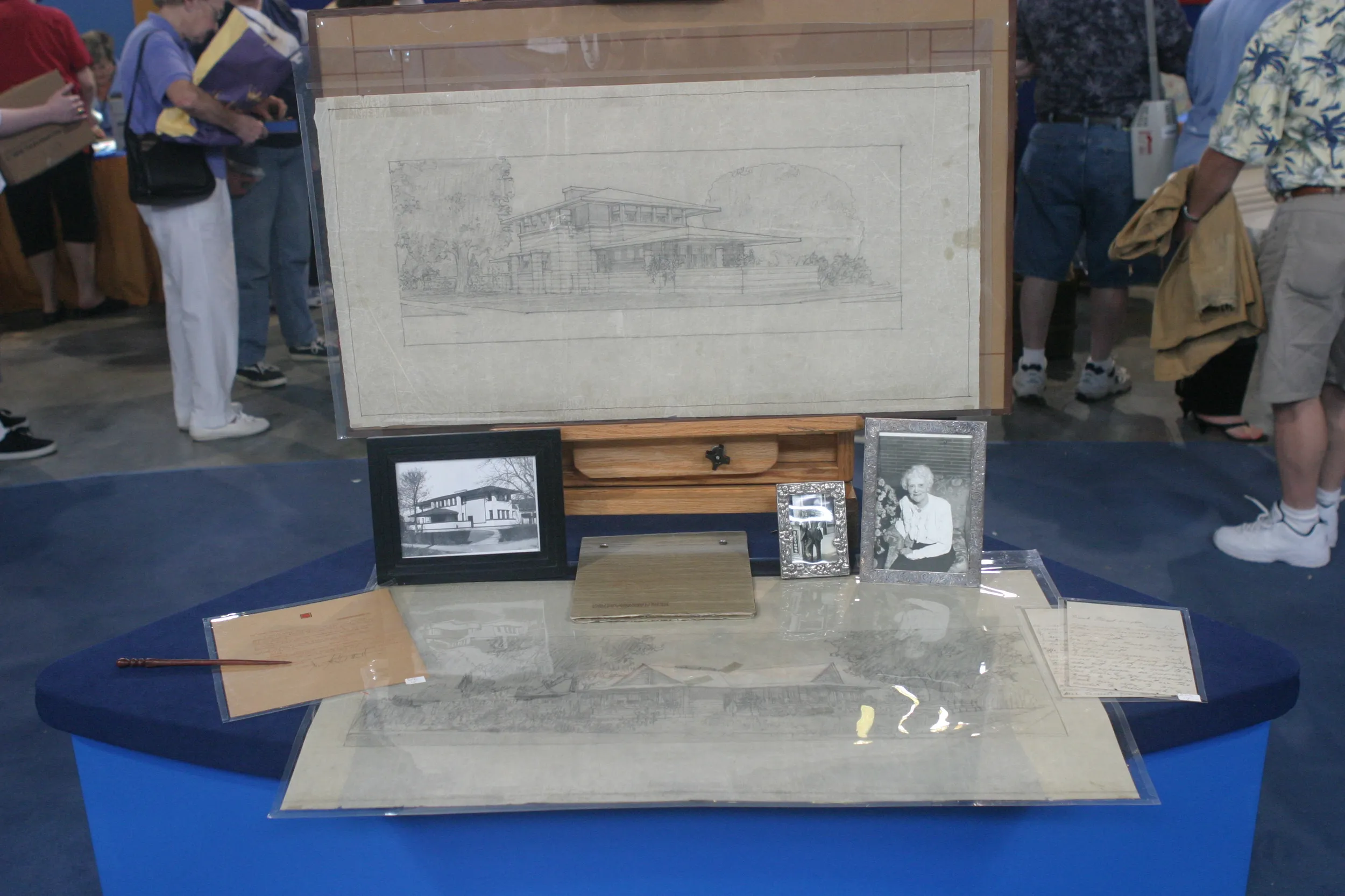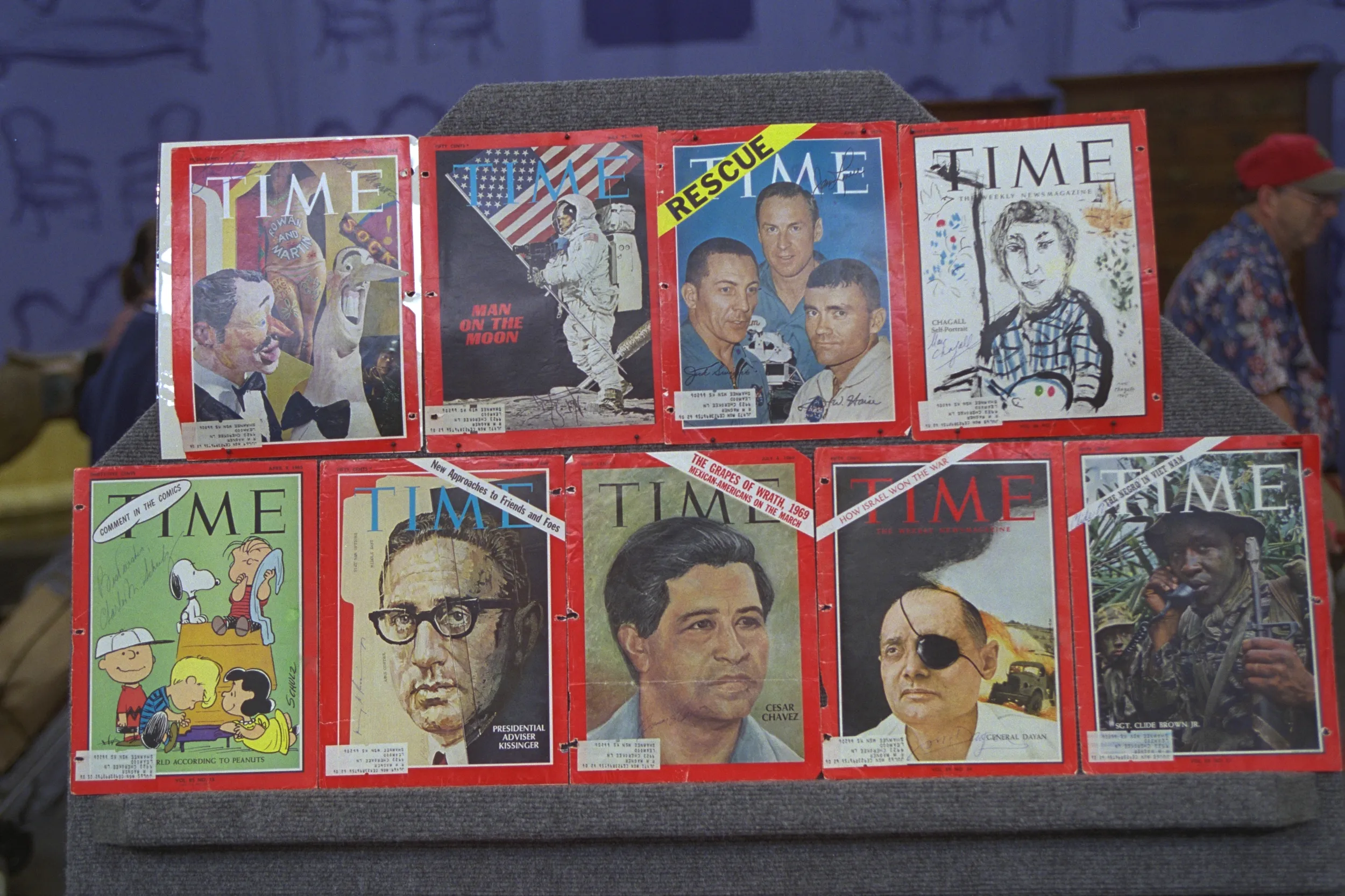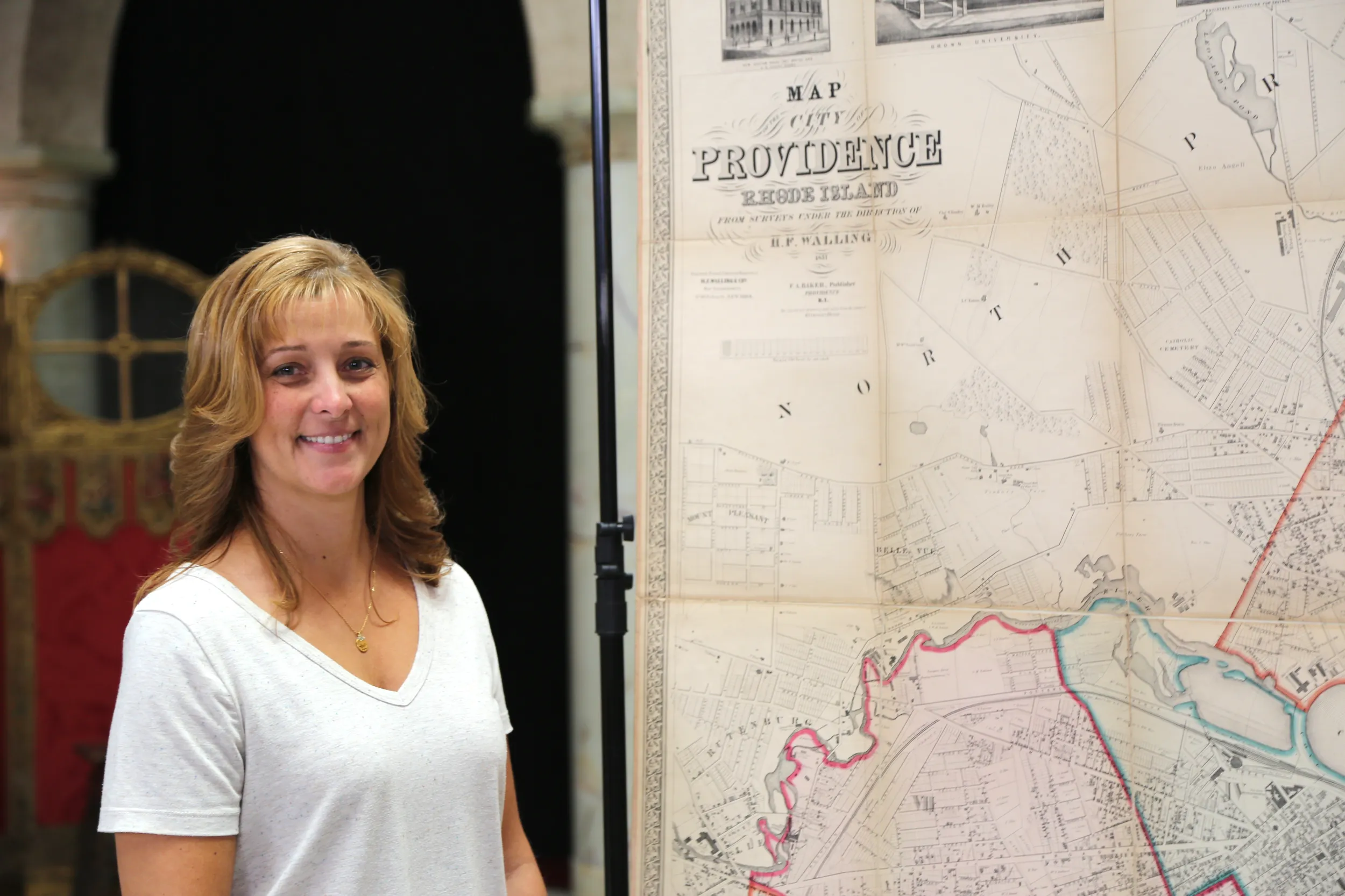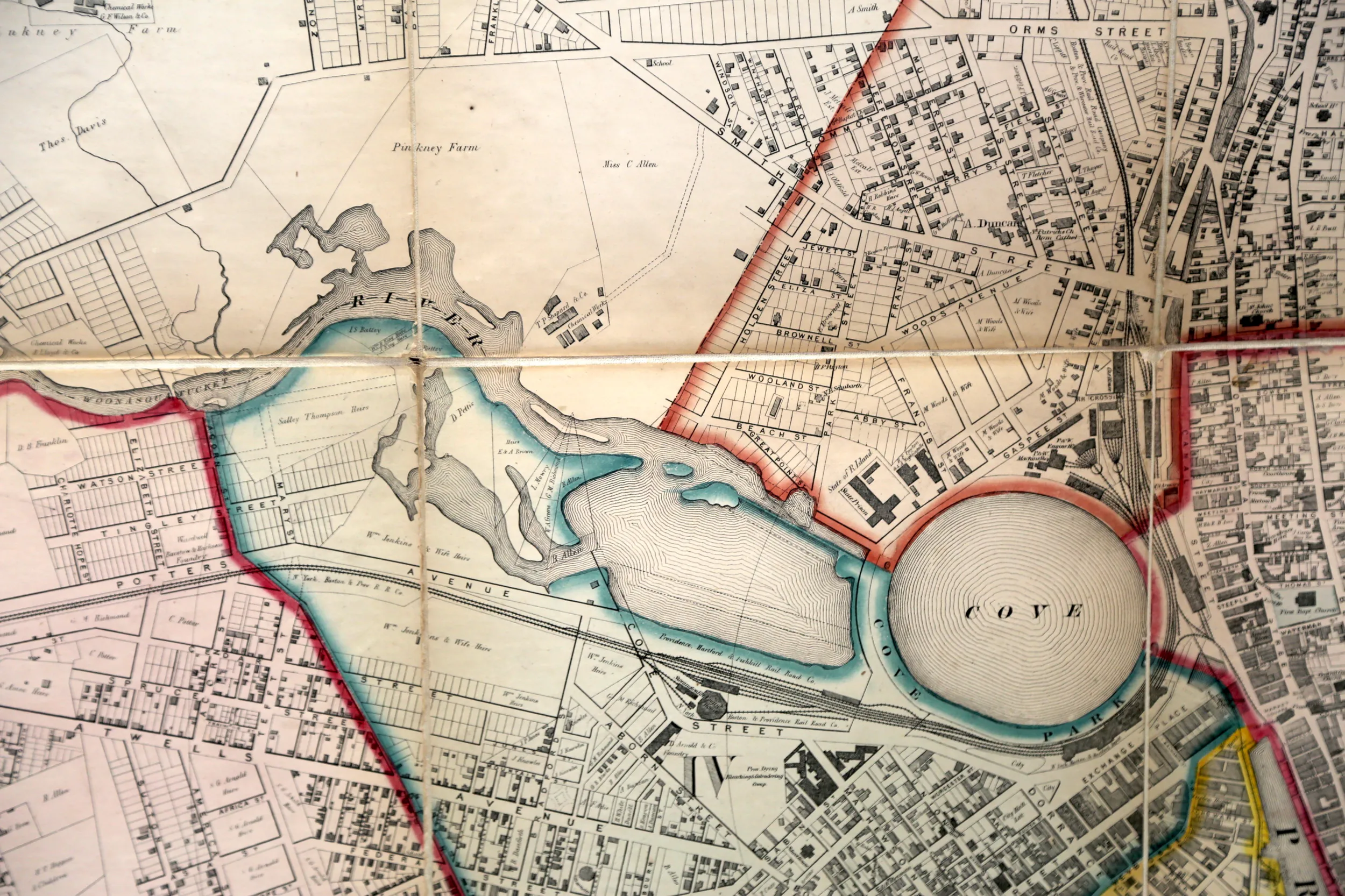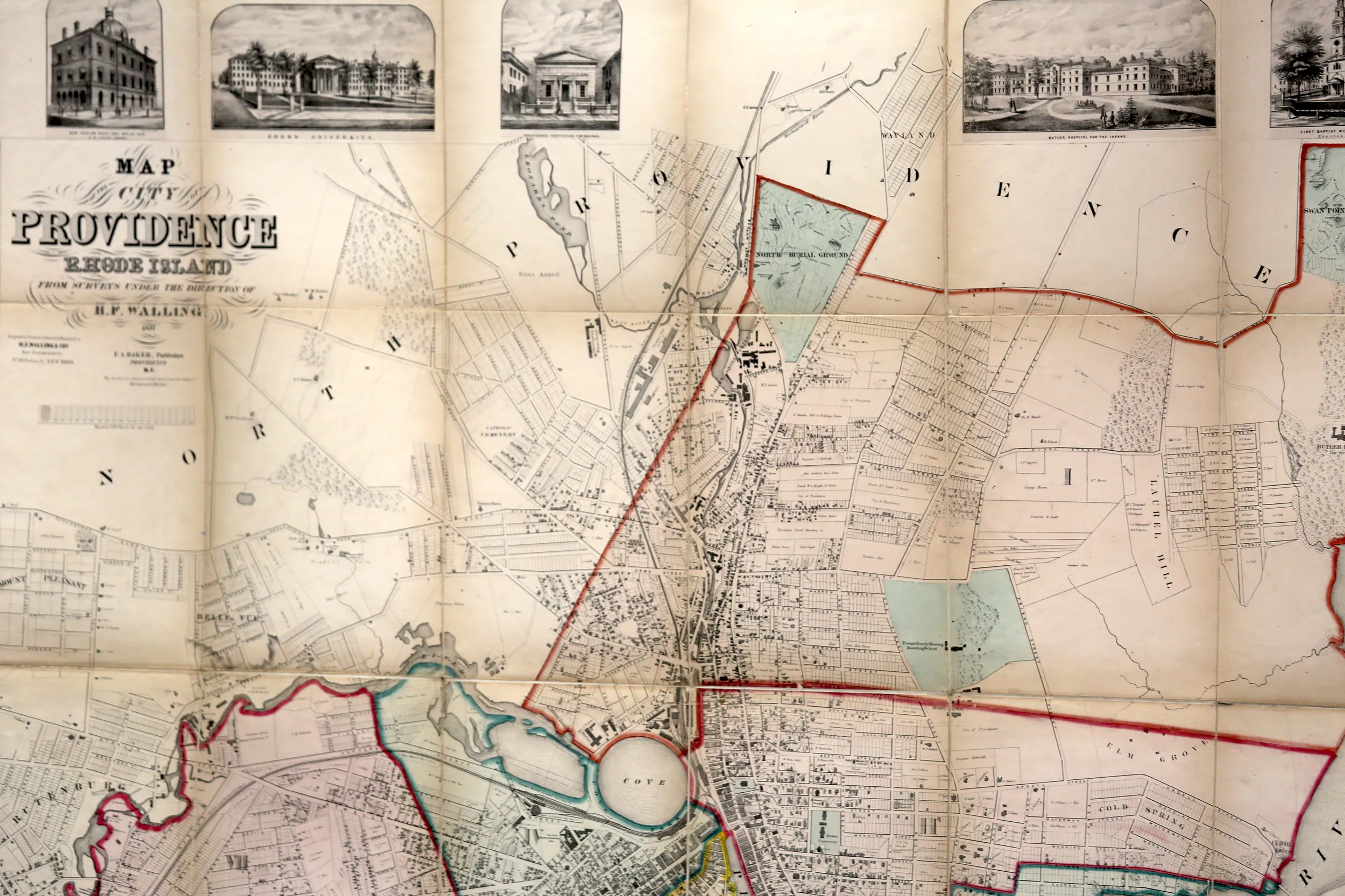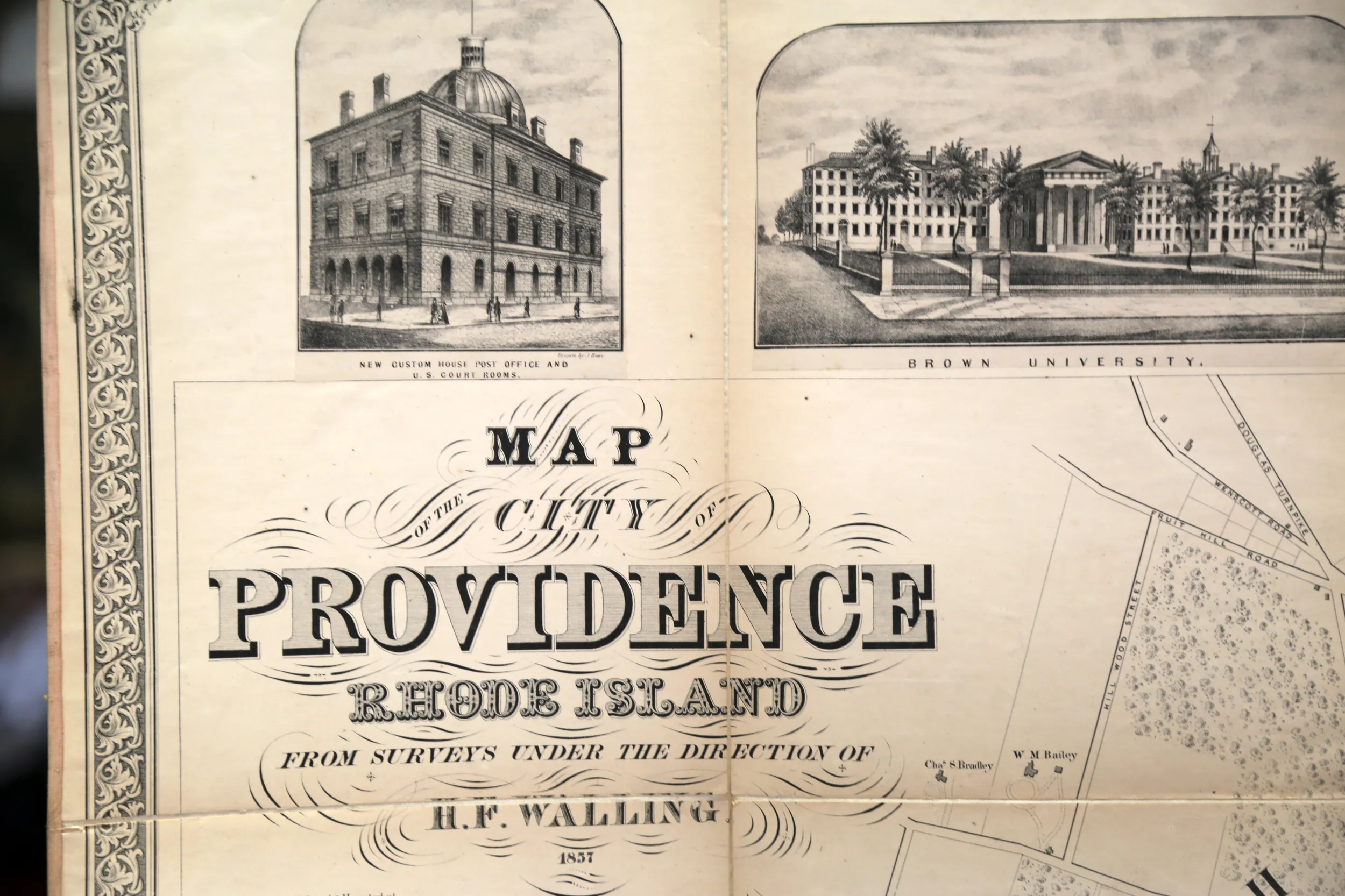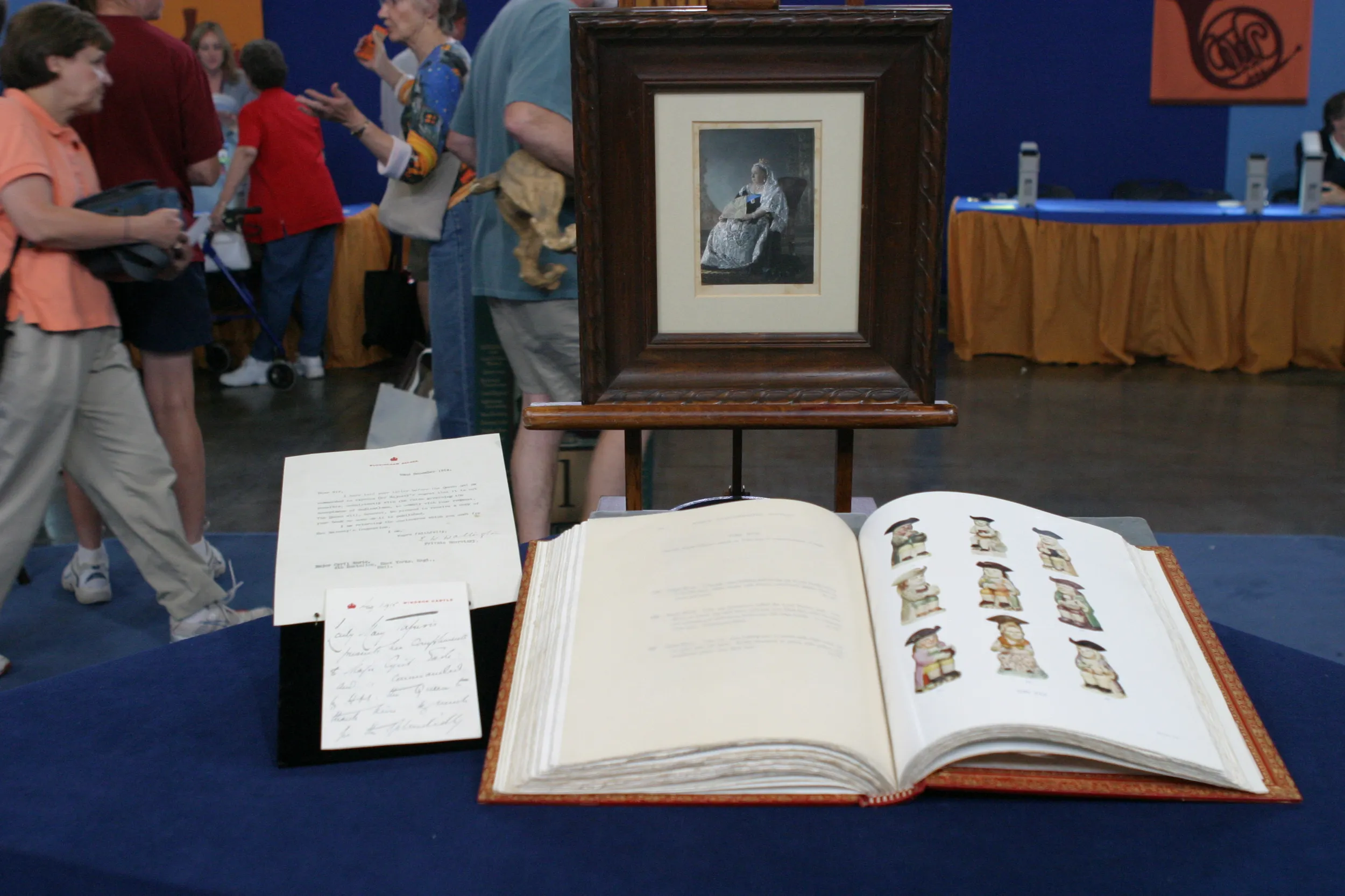GUEST: I brought a map of Providence, Rhode Island, from 1857. Pretty big map, so I've never really seen it hung up like this before. It comes folded up into a book. It wasn't made to be hung up, I don't think, because of the way it's folded into the book.
APPRAISER: What is your connection to Providence, Rhode Island?
GUEST: Well, I grew up in Rhode Island, so when my parents died, there was a lot of things I cleaned out of the house, and I just put in storage, and then have been going through it little by little. So this was one of the things that I haven't done anything with.
APPRAISER: So what you brought is a monumental wall map of the city of Providence, Rhode Island. And it is printed in New York in 1857. And the size is really unusual for maps of that time. The map is printed as a lithograph. I would guess this is probably four or six different plates. The paper's then mounted together, and your map is mounted on linen. It is a way of preserving a map of this size. So when you mount it on linen, you do cut it in smaller segments so you don't put too much stress on the folds when you fold or unfold the map.
GUEST: Okay.
APPRAISER: The map is made by Henry Francis Walling, who was a native of Rhode Island, and he was a prolific mapmaker. You see the city of Providence, the way it was in 1857, you get the fainter bits of the map are projections of where they thought that the city would grow. And it is fascinating that it is also surrounded by these smaller views of important buildings. The smaller views of the important buildings of Providence are all printed separately and then mounted on the map.
GUEST: Okay. Oh, okay.
APPRAISER: The coloring is done by hand. Printing in color wasn't really that sophisticated at the time.
GUEST: Right.
APPRAISER: So it was easier just to have it hand-colored.
GUEST: Should it be kept folded up or should it be...
APPRAISER: Yes.
GUEST: Okay.
APPRAISER: I would leave it the way it is. Do you have any idea of what this could be worth?
GUEST: No. Even though I grew up in Rhode Island, and I know Providence, a lot of people don't know Providence, so I'm assuming it's not worth as much as if it was Boston, or New York, or, you know, a more popular city. I'm thinking maybe $1,000, maybe?
APPRAISER: Mm-hmm. But you're right about the desirability. You know, a map of Boston or New York from the time. But on the other hand, because of the scale, it is a rare survivor from that time. And an auction estimate would be, at this day and age, about $3,000 to $4,000.
GUEST: Oh, wow, very nice-- that's nice.

